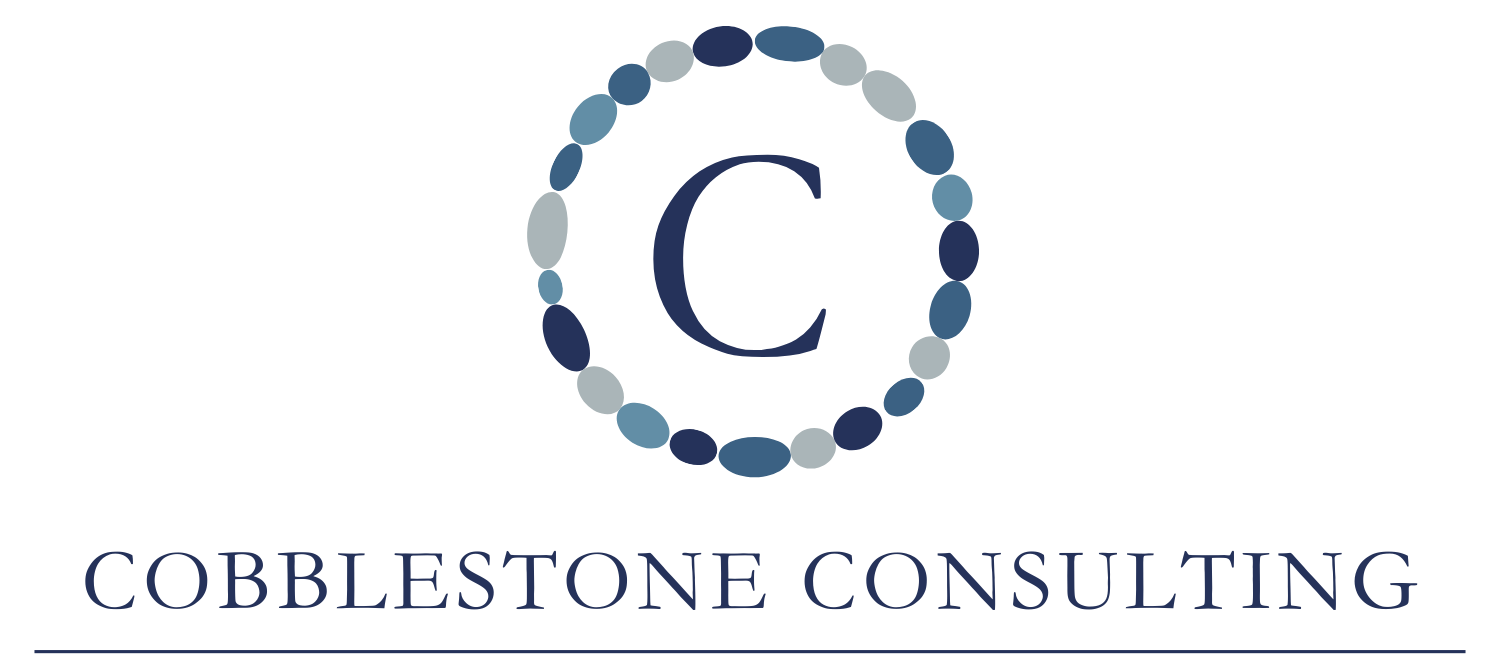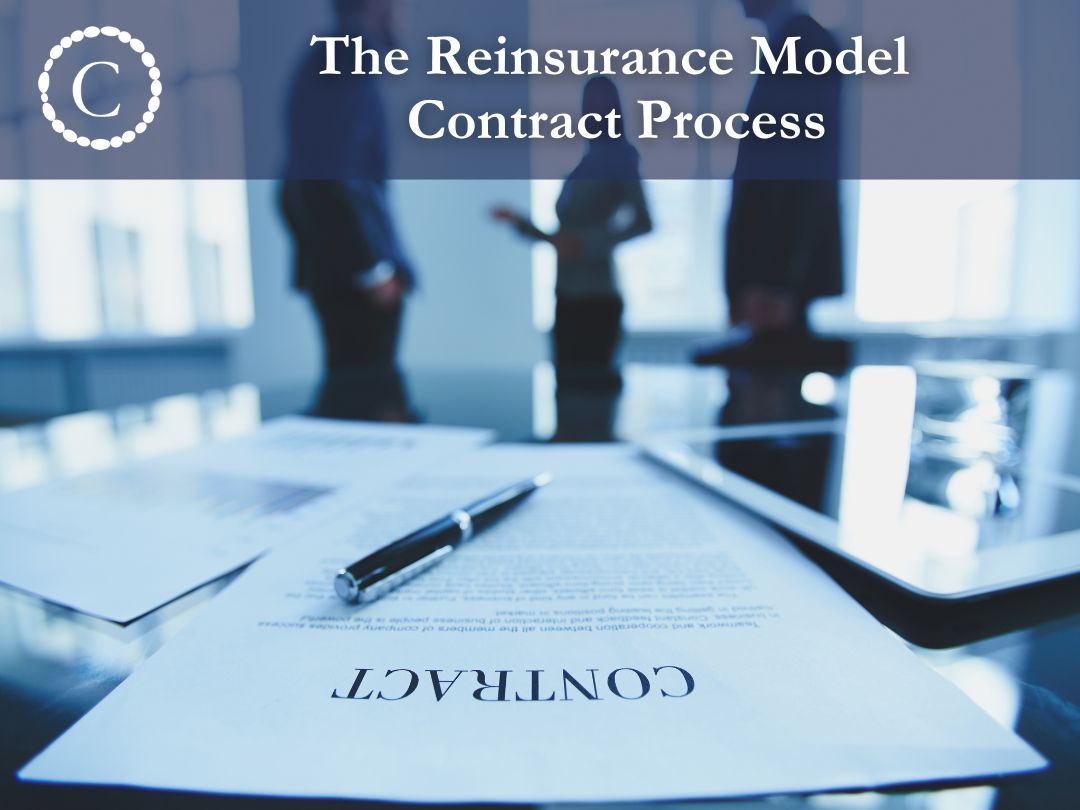A well-conceived, negotiated, and adequately priced reinsurance program with broad coverage grants and good security is essential to an insurer’s enterprise risk management program. A well-designed reinsurance program can provide capacity support, financing, run-away expense coverage, clash coverage, catastrophe coverage, as well as limited coverage for liabilities arising from the handling of subject claims. In addition, these programs provide a hedge against losses resulting from “emerging hazards,” such as climate change’s supercharging of secondary perils and the digital revolution’s impact
on injury law.
At its core, reinsurance program design is a retrospective, contemporary, and prospective exercise. The hazard and risk research contributing to a well-designed and effective reinsurance program is a year-round exercise reaching out to internal stakeholders, contract lawyers, trial lawyers, brokers, actuaries, modelers, reinsurers, scientists, and academics.
When doing hazard and risk research, it is essential not to overlook academics, scientists, and technologists. In the mid-twentieth Century, insurers, reinsurers, brokers, and consultants, while designing reinsurance programs, mostly had an insular view of academic risk. They did not, for example, pay close attention to the legal scholars of the America Law Institute (ALI)and its various Restatements of Law, e.g., The (1965) Restatement of Torts 2nd Products Liability or the more recent Restatement of
the Law of Liability Insurance. The asbestos crisis of the 1980s should not have been a surprise. At the turn of the 20th Century, electricity revolutionized urban and rural life and manufacturing. Insurers (and regulators) had to transition from a world powered by steam and horses to electricity and gasoline.
Today, insurers will transition from an analog world to a networked digital world powered by data, cloud technologies, and the artificial intelligence revolution, eventually changing injury law. Academics, scientists, and technologists are significant insurance and reinsurance risk sources.
In addition to investing the time and resources to do hazard and risk research, it is helpful to step back annually and critically examine your reinsurance program, the individual treaties, and the specific clauses. There are no “standard” reinsurance treaties or clauses. While the lack of standardization adds frictional cost to the reinsurance process, the upside is that insurers have an opportunity each renewal to reevaluate the coverage provided by their program and to negotiate unique improvements.
In the 1970s, many reinsurance programs were on a “continuous basis,” which is less accurate today. Most reinsurance programs are re-negotiated each year as a reinsurance program is a strategic asset; having a multi-year strategic plan to achieve your objectives and improve your reinsurance program’s quality is prudent. Creating a “model contract” for each treaty in your reinsurance program helps develop a strategic contract negotiating plan. As part of the model contract process, the insurer generates different model contracts for the direct and broker markets as their contractual requirements often differ. These model contracts contain preferred clauses, definitions, and coverage enhancements. These model contracts provide benchmarks to evaluate each renewal’s negotiation results and targets.
With its hazard and risk research and contract benchmarking, the model contract process provides several benefits when the reinsurance market ebbs and flows. The reinsurance market will be very competitive in some years, and an insurer can obtain favorable terms and prices. In other years the market may be more restrictive, resulting in less attractive terms at higher prices. There is another problem that may arise when the reinsurance market is restrictive. The reinsurers may deny or restrict coverage that is included in the subject policies. These restrictions may result in a coverage gap as the regulatory filing process takes time. Insurers must find other ways to mitigate such hazards or retain the
exposure. The model contract process takes work; a by-product of this work is the exploration of alternatives. Reinsurance is not the only solution to an insurer’s risk management challenges. The model contract process fosters a philosophy of continuous improvement, sets targets, suggests alternatives, and establishes negotiation parameters. The advantage of setting negotiating parameters in advance is that the insurer appreciates when it is time to seek alternatives aggressively. With its contract clause benchmarking, the model contract approach is a “best practice” for negotiating reinsurance contracts and mitigating an insurer’s risk as it provides a multi-year framework.
Creating a sound reinsurance program depends on a robust project plan that includes numerous elements, including risk and hazard research, actuarial and modeling work, an understanding of internal and external stakeholder requirements, and an effective negotiating strategy. However, the benefits of this work are lost if the reinsurance contracts documenting the transactions are poorly drafted and fail to reflect the contracting parties intent. The model contract process helps insurers and their coverage counsel draft effective reinsurance contacts. Cobblestone Consulting LLC can help.

